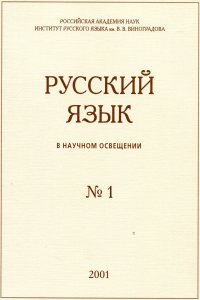Subjunctive conjunctions kak in Russian — jak in Polish: semantics and combinatory
Abstract:
The author considers the semantic and distributive-syntactic properties of the Russian
conjunction ‘KAK’ in comparison with its Polish counterpart ‘JAK’ in the objective clause.
The first part of the article discusses different interpretations of these units presented in Polish
and Russian linguistic literature, namely the dynamic nature of the content of the sentential
actant, its factual status and the internal perspective of the speaker. In the second part of the
article, the author presents and substantiates his own concept, according to which both conjunctions
are interpreted as indicators of the internal (not manifested) semantic specification
of the state of affairs described in the clause. The distributive-syntagmatic characteristics of
conjunctions are described taking into account the lexical meaning of the matrix and included
predicate, as well as its grammatical meaning of aspect and tense. The author points out that
the semantic and distributive properties of the conjunctions of Russian ‘KAK’ and Polish
‘JAK’ basically coincide, but he also notes their distinctive characteristics.


